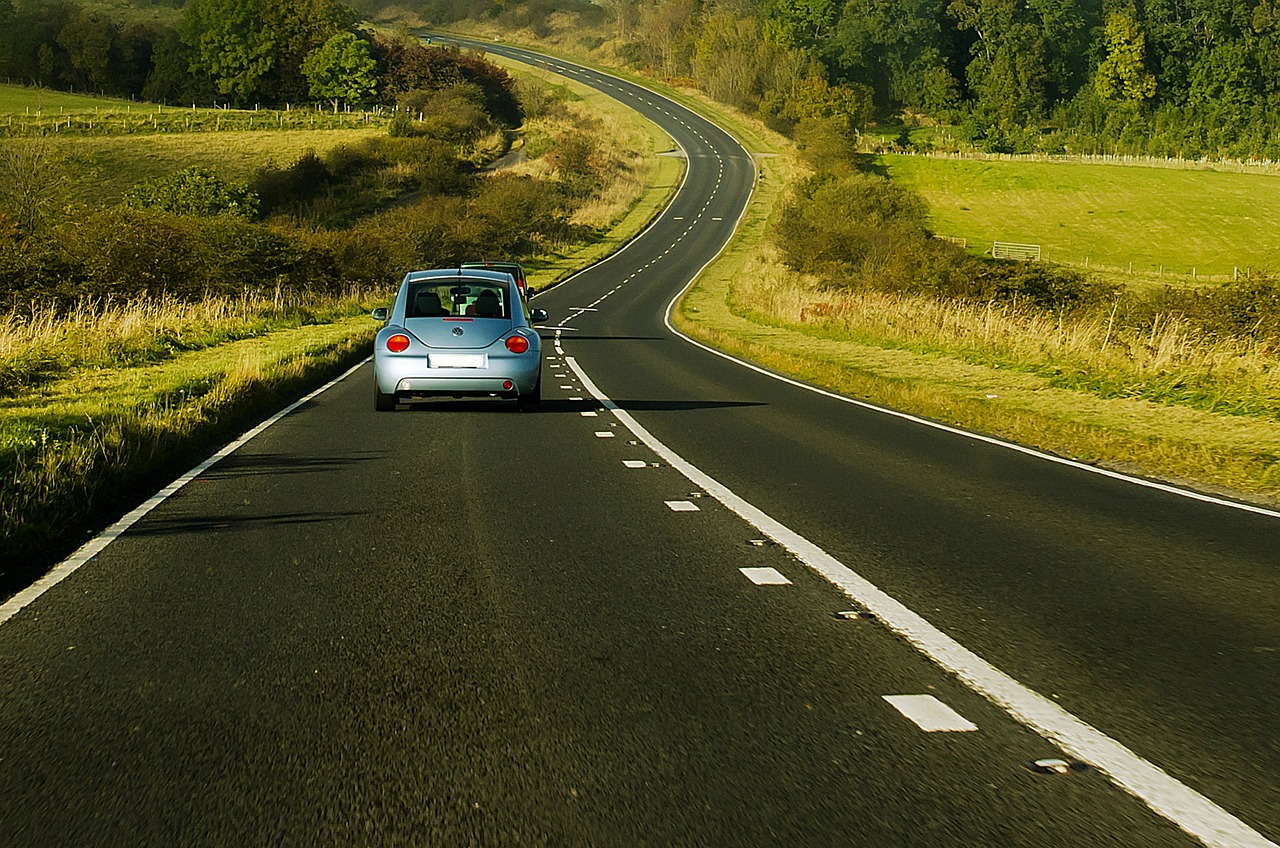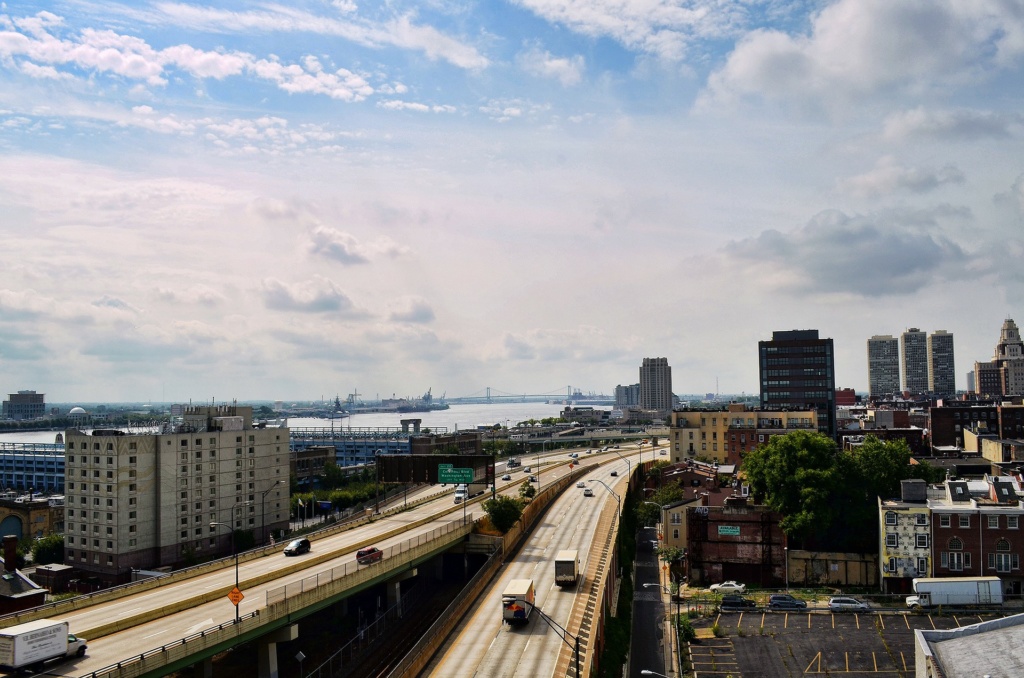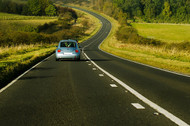Why do some countries drive on the left side of the road?
By on May 16 2018

If you've ever visited the United Kingdom, Australia, or the Bahamas, you may have noticed people drive on the left side of the road. They, along with around 70 other countries in the world, drive on the left side for good reason.
Choosing Sides

Left-hand side driving traces back to ancient Rome. At the time, Romans steered chariots and carts with the left hand. Most people were right-hand dominant at the time, giving them the ability to use weapons in enemy attacks if necessary while still driving.
Roads throughout Europe and other countries were not yet connected; therefore, the side people drove on was a custom that did not matter on a large scale. Further, unpaved roads and little traffic made the customs easy to manage. —Medieval Europe continued the left-side tradition and Britain made left-hand driving official in 1773 and 1835.
The United States' origin of right-hand traffic traces back to the 18th century with the use of freight wagons. Horses pulled the wagons and there was not an appointed driver's seat. The driver was positioned at the rear, so they could have better control. The driver moved more towards the center of the road as traffic increased, to have a clear view of traffic to avoid any collisions.
As driving became more popular, it called for a more uniformed system. Henry Ford's release of the Model T in 1908 influenced which side countries and territories would drive on. The car had the wheel on the left, meaning it required driving on the right side of the road and allowed front and rear passengers to all exit the car on the right side onto curbs.
Switching Sides

Some places that began driving on the left switched to the right.
Canada made the switch in the 1920s, partly to help facilitate traffic from the United States. Sweden also switched in 1967 and spent $120 million preparing citizens for the change.
While it may be easier for countries like Sweden to switch to the right, it's not as simple for a place like England to switch. London, for example, is tailored to cars driving on the left-hand side of the road and making the switch would be both difficult and expensive.
In other scenarios, immediately switching is a necessity. This happens when British drivers go under the English Channel driving on the left and have to quickly shift to driving on the right upon arriving in France. Driving from China to Pakistan and from China to Hong Kong calls for the same adjustment when crossing the border into a different nation.
If you ever have to drive in a country that is opposite of what you're used to, be sure you're careful. Take your time in adjusting to the change to avoid any accidents.
Sources: https://www.rd.com/culture/why-drive-on-different-sides-of-the-road/ https://www.worldstandards.eu/cars/list-of-left-driving-countries/ https://www.popularmechanics.com/cars/a20051088/why-uk-drives-on-left/






